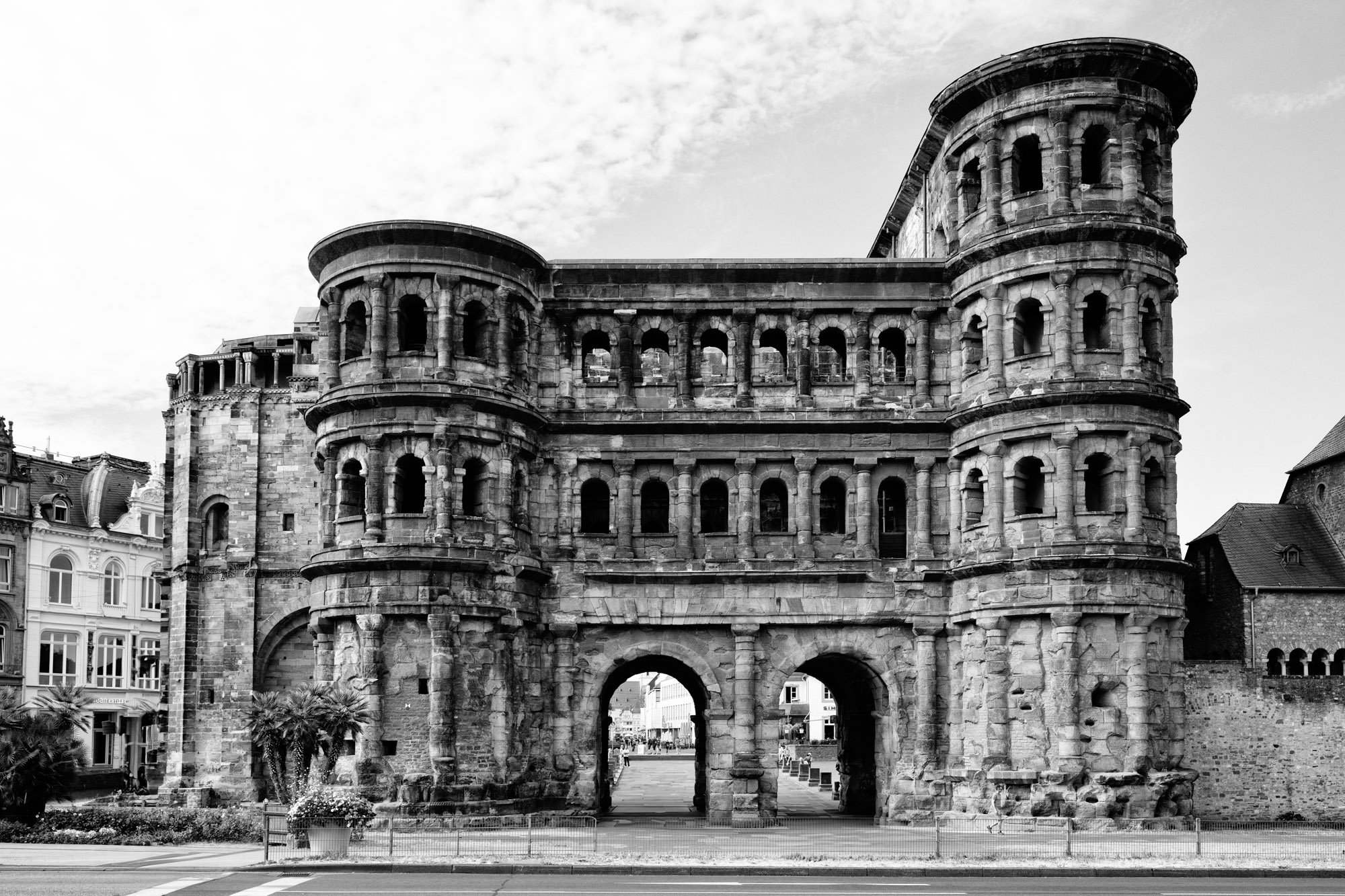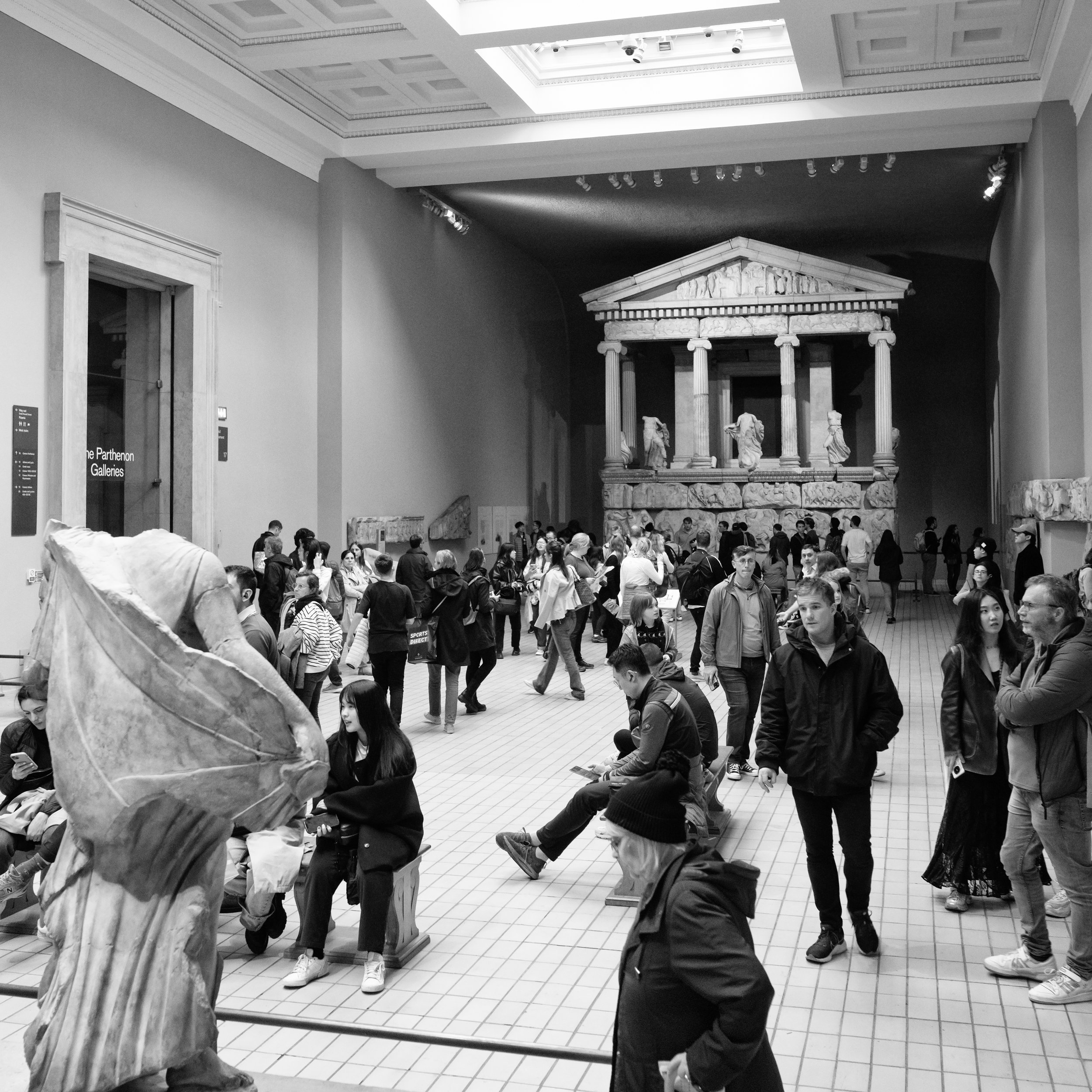Nestled amidst the rolling hills of the Valencian countryside, the picturesque town of Bocairent beckons visitors with its rich history, charming cobblestone streets, and stunning natural landscapes. But it is during the annual Moors and Christians festival that Bocairent truly comes alive. It is during this festival, that is held in early February, that residents and visitors alike are immersed in a vibrant celebration of heritage and tradition.
Dating back centuries, the Moors and Christians festival in Bocairent pays homage to the region's complex history, marked by the interplay of Islamic and Christian influences. Against the backdrop of Bocairent's medieval architecture, this event serves as a captivating reenactment of historic conflicts, alliances, and cultural exchange.
During the festival, the streets of Bocairent are transformed into a colorful spectacle, as locals put on elaborate costumes representing both Moors and Christians. Parades featuring majestic floats, marching bands, and intricately adorned horses wind their way through the town, accompanied by the rhythmic beat of drums and the lively tunes of traditional music.
Central to the festivities are dramatic reenactments of key historical events, including battles for control of the town and the eventual triumph of Christian forces. These performances are staged with meticulous attention to detail, transporting spectators back in time to an era of valor, honor, and conquest.
But beyond its theatrical splendor, the Moors and Christians festival in Bocairent is a celebration of community spirit and cultural pride. It brings together residents of all ages and backgrounds, fostering a sense of unity and belonging that transcends differences and strengthens bonds.
As the sun sets over the rugged landscape of Bocairent, and the echoes of centuries-old traditions fill the air, the Moors and Christians festival serves as a poignant reminder of the enduring legacy of the past and the vibrant spirit of the present. It is a testament to the resilience of the human spirit and the power of culture to inspire, unite, and transform lives.
Some images from the Moros and Christians festival in Bocairent.

























































